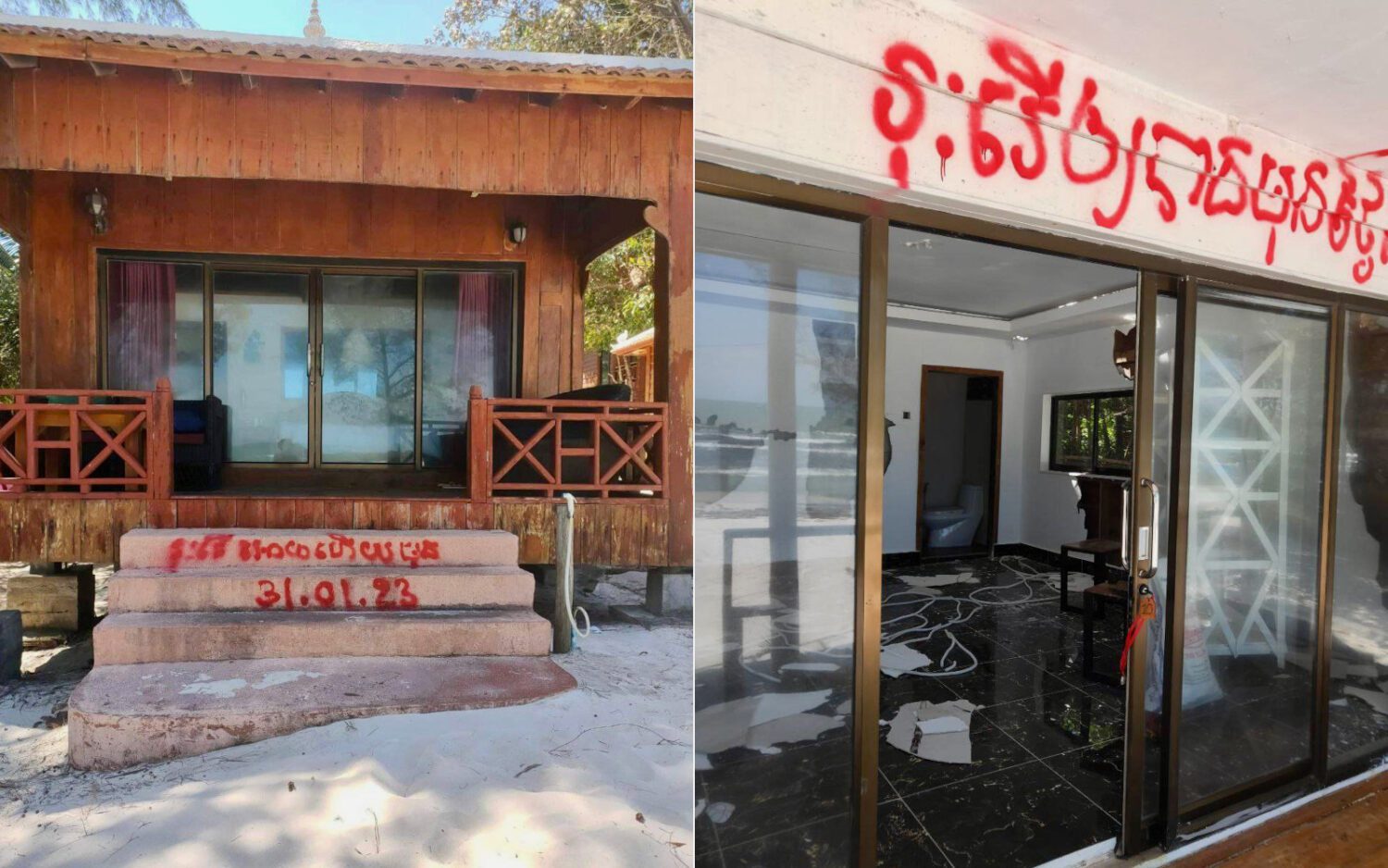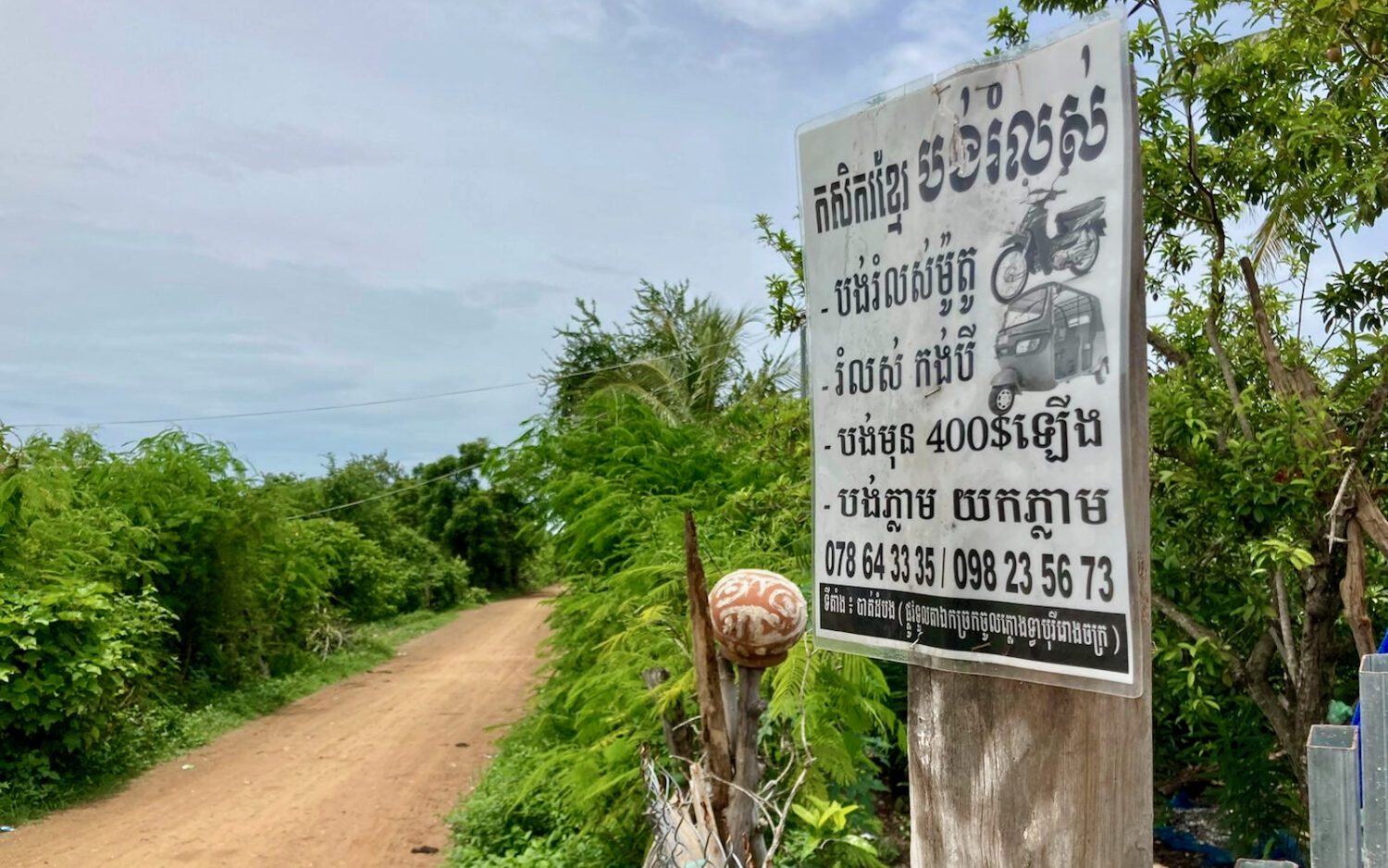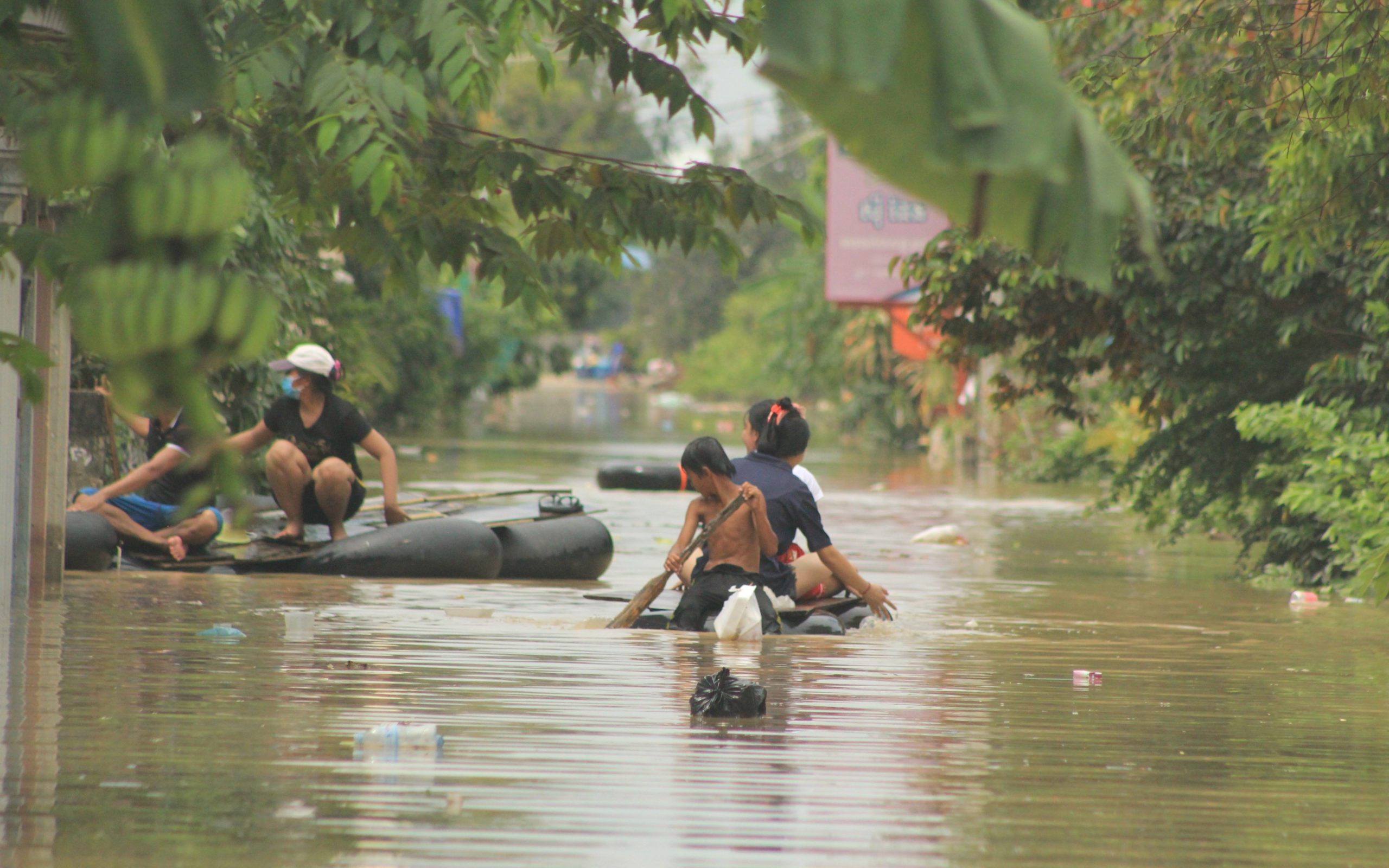Imagine a future Phnom Penh where active commuters are able to breeze through the riverside, where local businesses enjoy high foot traffic at all hours of the day, where the government can keep road maintenance costs low, where tourists can find new and exciting experiences, and where the city is more vibrant and sustainable.
All of these things can be jump-started with one step — if we choose to eliminate all car traffic on Preah Sisowath Quay where it runs along the river from the Chaktomuk Conference Hall to the Night Market, and replace it with a pedestrian-only thoroughfare.
As Phnom Penh’s first pedestrian street, “Preah Sisowath Quay: Riverside Heritage Walk” would be an ideal option due to its strategic urban geography, existing historical heritage, and already-vibrant natural surroundings.
At present, Phnom Penh lacks pedestrian-only streets that can generate these benefits. For the future, Phnom Penh should offer more pedestrian-friendly environments to bring economic value, leisure opportunities and environmental benefits. The riverside is an excellent place to start.
Benefit to Local Businesses
Clearly, a pedestrianized riverside has the potential to be a beautiful space, but a decision to cut out car traffic is about more than aesthetics alone. Pedestrianizing an area like the riverside makes economic sense as well.
The new riverside heritage walk would be a boost for the local economy. Around the world, when cities have invested in pedestrian-heavy or pedestrian-only infrastructure, local economies — shops, restaurants, etc. — have benefited.
Firstly, this is thanks to active visitors: Pedestrians and cyclists have been shown to spend more on local businesses than drivers. Researchers studying spending habits by cyclists and pedestrians compared with drivers in Oregon, in the U.S., found that while pedestrians spend less per visit than drivers, they actually frequent businesses like restaurants and retail stores more, which adds up to more spending over time.
Results from similar research in London further bolstered our understanding of this phenomenon. This research by Transport for London on improved streetscapes prioritizing pedestrians and cyclists found that visitors not in cars spent 40% more each month in neighborhood shops than drivers did.
Similarly, in Seoul, South Korea, after Yonsei-ro, which had been a traffic-logged four-lane road, was redesigned as a pedestrian-priority and bus-only corridor — meaning car traffic was eliminated altogether — the local economy got a boost. Commercial businesses saw an 11% increase in revenue-generation and a 4% increase in total revenues compared to when the street had been designed for cars.
Real Estate Benefits
Redesigning the riverside around pedestrians and cyclists only also has the potential to create significant growth in the real estate market in that neighborhood.
The “placemaking” value — a way of describing the uniqueness of a neighborhood — of walkable streets has been a key driver of investment within this industry. Urban Land Institute scholar Edward McMahon explains: “Decisions such as where to invest, where to work, where to retire, and where to vacation are all made based on what a community looks like.”
Pedestrian-focused infrastructure has raised real estate values. Redfin, a U.S. real estate company, developed an algorithm to measure the walkability of every neighborhood in the country on a score from 0 to 100. Using their “Walk Score,” they found that a one point increase in walkability translated to an average $3,000 rise in house values.
Researchers from George Washington University also found that “walkable urban places” (WalkUPs) account for a growing percentage of commercial development in large metro areas in the U.S. In Washington D.C., for example, WalkUPs attracted 48% of the area’s new office, hotel, and rental apartment square footage. In Atlanta, 27 WalkUPs account for 50% of recent commercial development. Increasingly, businesses and jobs are moving to downtowns and mixed-use, walkable centers — both in cities and suburbs.
But it’s important to note that this phenomenon has proved to be true outside the U.S. as well. According to Travel China Guide, Jiefengbei pedestrian street, at the heart of Chongqing, is also one of the best investment areas with a total social consumption retail value of 41.4 billion yuan, and 47 of Fortune 500 companies have established branches there.
Pedestrianization for Tourism
Creating a pedestrian and cycling-only space along the riverside would also be a boon for Phnom Penh’s tourism. It doesn’t take much searching among tourism-recommendation resources to see that pedestrian-oriented streets are an attraction in and of themselves.
Lists of these streets include thoroughfares like the Boulevard Saint Laurent in Montreal Canada, which is completely closed to cars in the summer months, or Las Ramblas in Barcelona, Spain, a central pedestrian promenade that is synonymous with the city’s overall image and appeal. Other lists highlight streets like Strøget, in Copenhagen, Denmark, which is one of the longest pedestrian-only shopping streets in the world, and Qianmen Street in Beijing, which received a massive renovation before the 2008 Olympics.
In the wake of the Covid-19 pandemic, as the tourism industry begins to make a recovery, now is the time for Cambodia to make big moves to redefine how the outside world sees it.
Currently, urban leisure time in Phnom Penh is primarily spent in shopping malls, cinemas, cafes and restaurants, due to a lack of well-designed urban built environment. Adding a well-designed streetscape, including a pedestrianized riverside, would in turn encourage activities such as street performance, street art, street food and street shops, and can make the city more attractive and vibrant overall, to the benefit of locals and visitors alike.
Reducing Public Costs
Closing Preah Sisowath Quay off to cars can also reduce street maintenance costs in the long-term as pedestrian and cyclist street wear and tear is minimal compared to traffic-clogged car-oriented streets.
For instance, research from 2008 in Portland, Oregon, found that the city’s entire bicycle network, consisting of nearly 500 km of bikeways, would cost $60 million to replace, whereas the same cost would be able to create just 1.6 km of a four-lane urban freeway.
And, according to a report from the Institute for Transportation and Development Policy, it costs nearly $1.5 billion per 1,000 passenger kilometers globally to construct and maintain car-related infrastructure. That’s compared with the $10.4 million it costs to construct and maintain cyclist infrastructure to carry the same number of passengers the same distance.
Conclusion
At present, the riverside area is a leisure space for people to relax, walk around, exercise and enjoy food. During the evenings, people park their vehicles, take a break from the city’s traffic and walk around. People are clearly interested in using this space to its full potential.
With even more effective design, giving priority to pedestrians and cyclists, rather than cars, this space could contribute even more to the local economy, increase creativity, increase convenience and value for local residents, and create a new urban life experience for residents and tourists alike.
Future Forum is presenting an urban design exhibition, “Preah Sisowath Quay: Riverside Heritage Walk,” from December 18-24 at the Friends Future Factory on Street 13.
Chan Pichmonyka is an investment analyst at Knight Frank Cambodia and a “city partner” at the Good City Foundation. She is also a junior research fellow at the Future Forum. Her interests include all aspects of real estate, urban studies, sustainability and impact investing.












